Engineering Plastics

VYLOPET™
Polyester resin with excellent heat resistance and dimensional stability
VYLOPET™ is a thermoplastic polyester that showcases TOYOBO MC's advanced polymerization and compounding tecnologies.
VYLOPET™ is used in a wide range of applications, especially automotive, home appliance, and mechanical component applications.
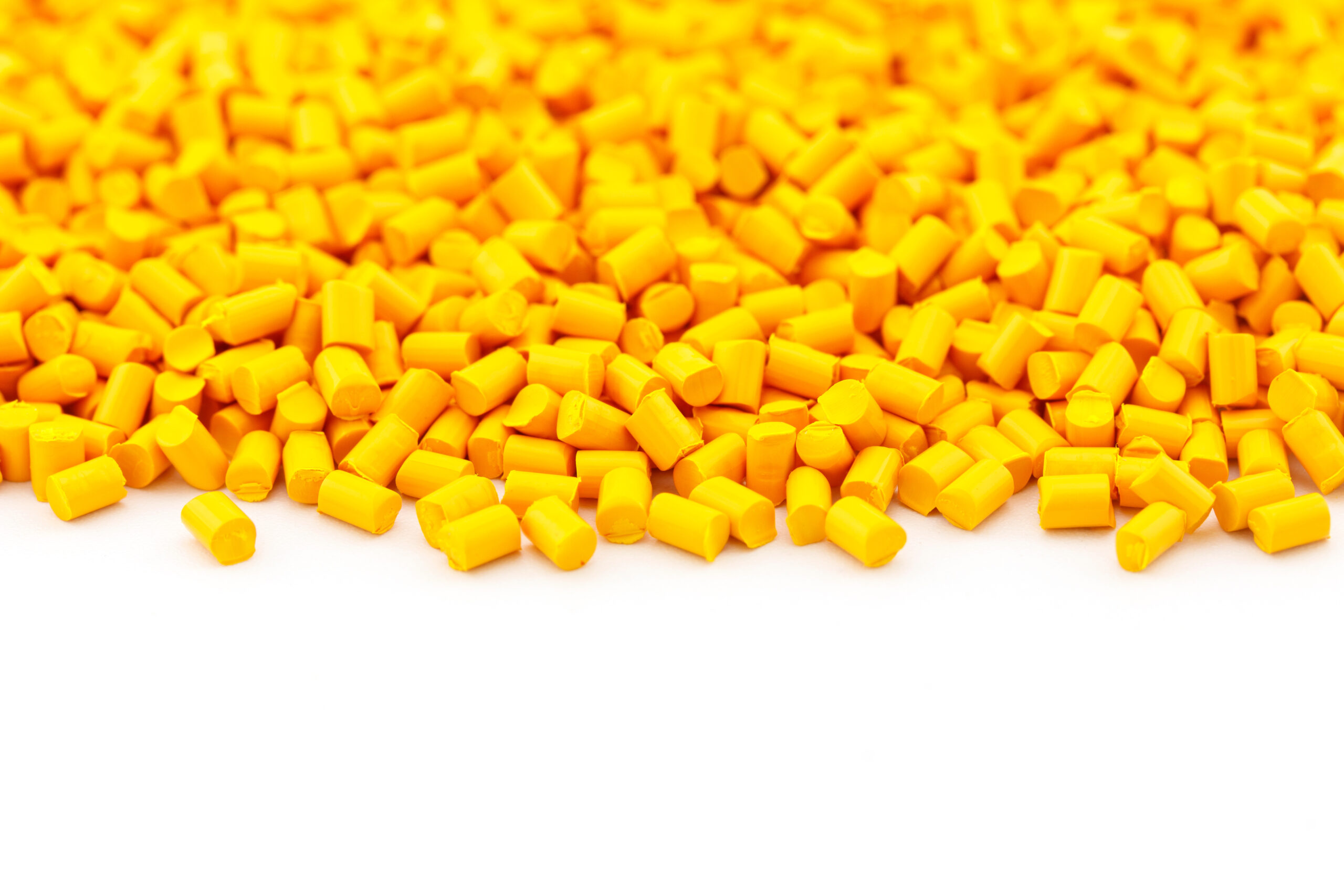
Features
- Low water absorption
- Mechanical properties are not compromised by water absorption
- Dimensional stability
- Minimal dimentional changes with ambient temperature
- Heat resistance
- Can be used in high heat applications
- Good appearance
- Easy to achieve an excellent surface appearance
- High flow
- High flow properties enable thin-wall molding
- Electrical properties
- VYLOPET™ excellent electrical properties
Applications
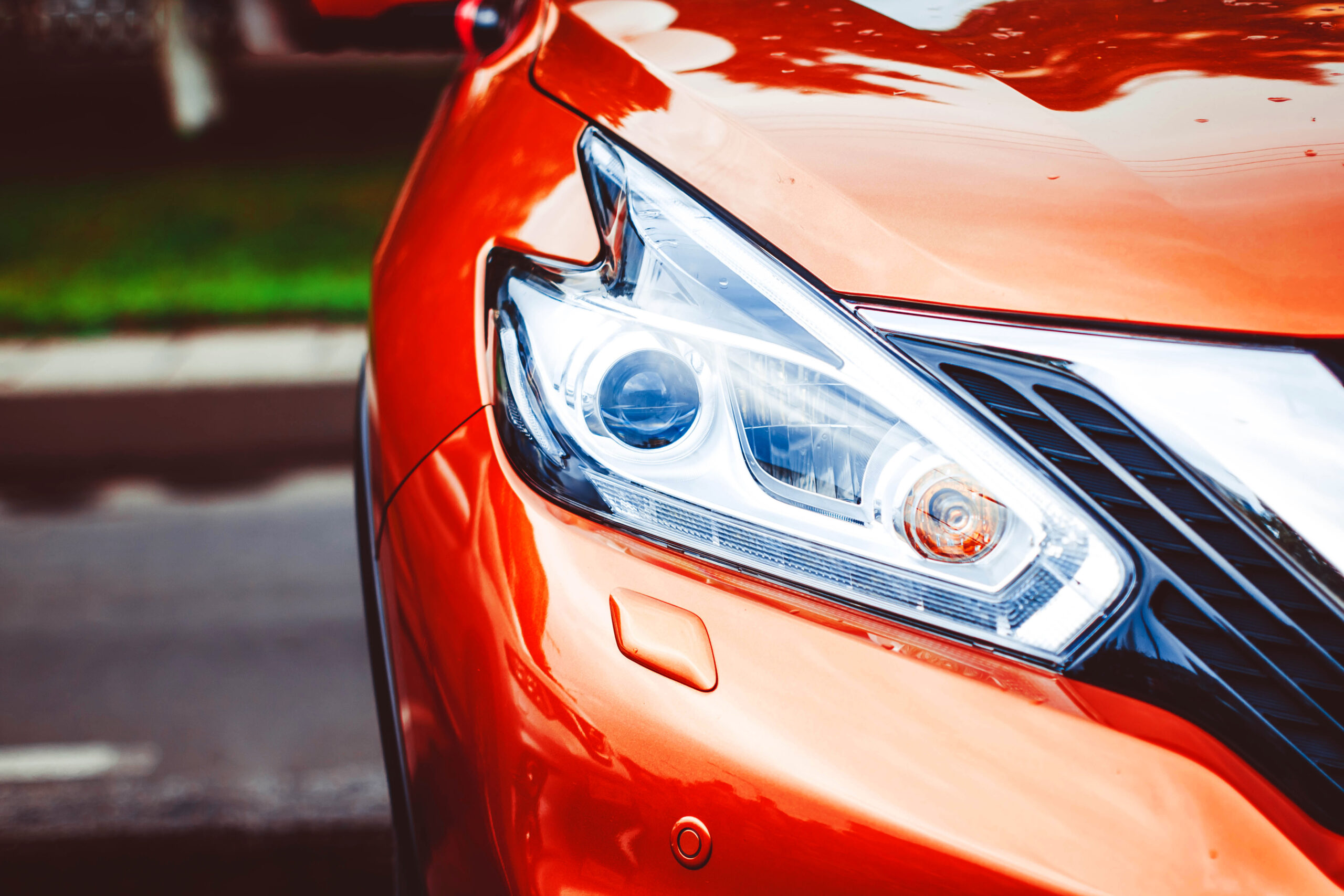
Applications: Headlamp Bezels
Advantages: Low warpage, Heat resistance, High flow, Low outgassing
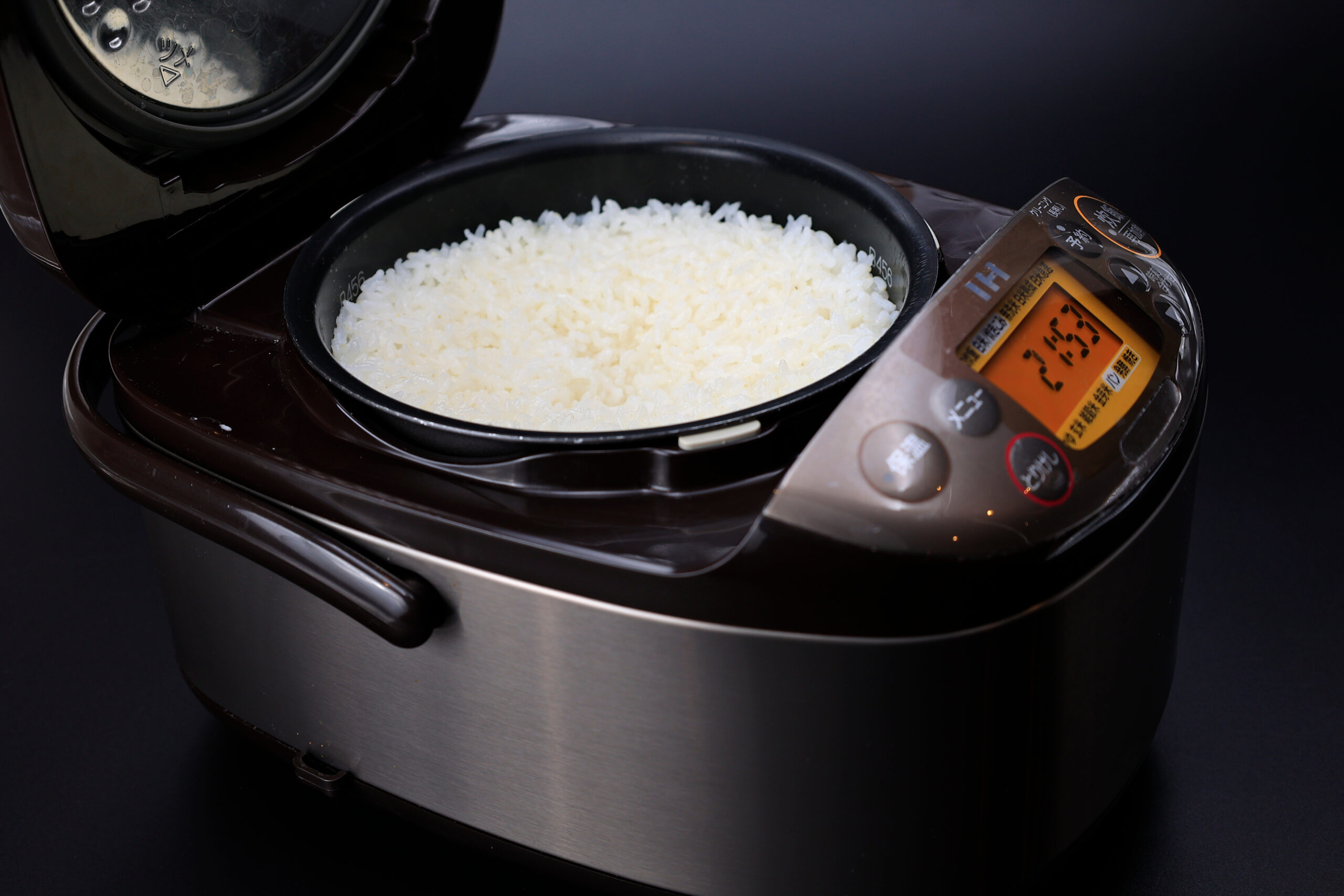
Applications: Electric Rice Cooker Parts
Advantages: Heat resistance, Flame retardance
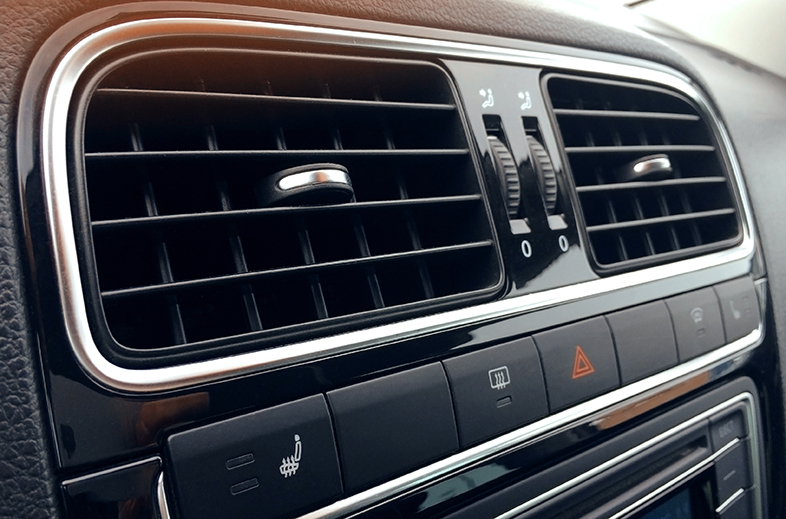
Applications: Automotive Air Vent Fins
Advantages: High rigidity, Excellent surface appearance
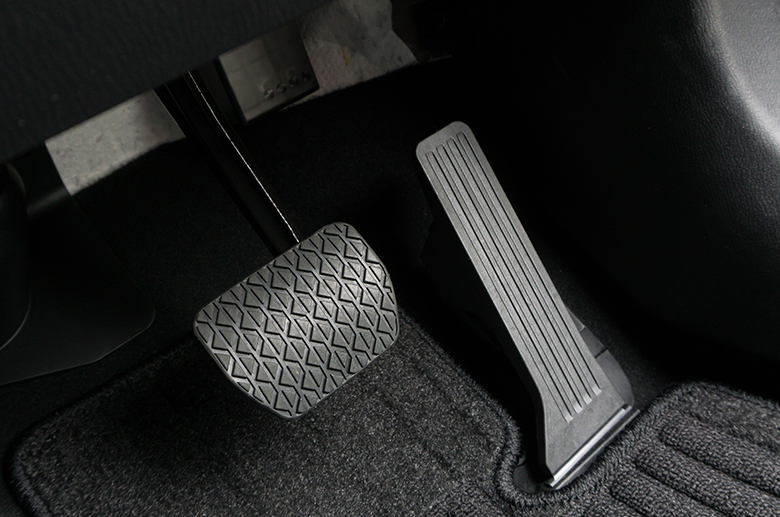
Applications: Accelerator Pedal
Advantages: High rigidity, Two-shot molding compatibility
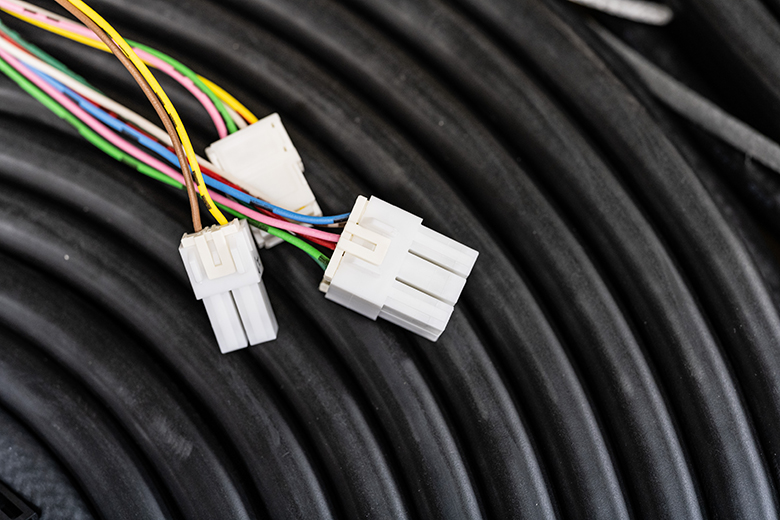
Applications: Connector
Advantages: Dimensional stability, Insulation
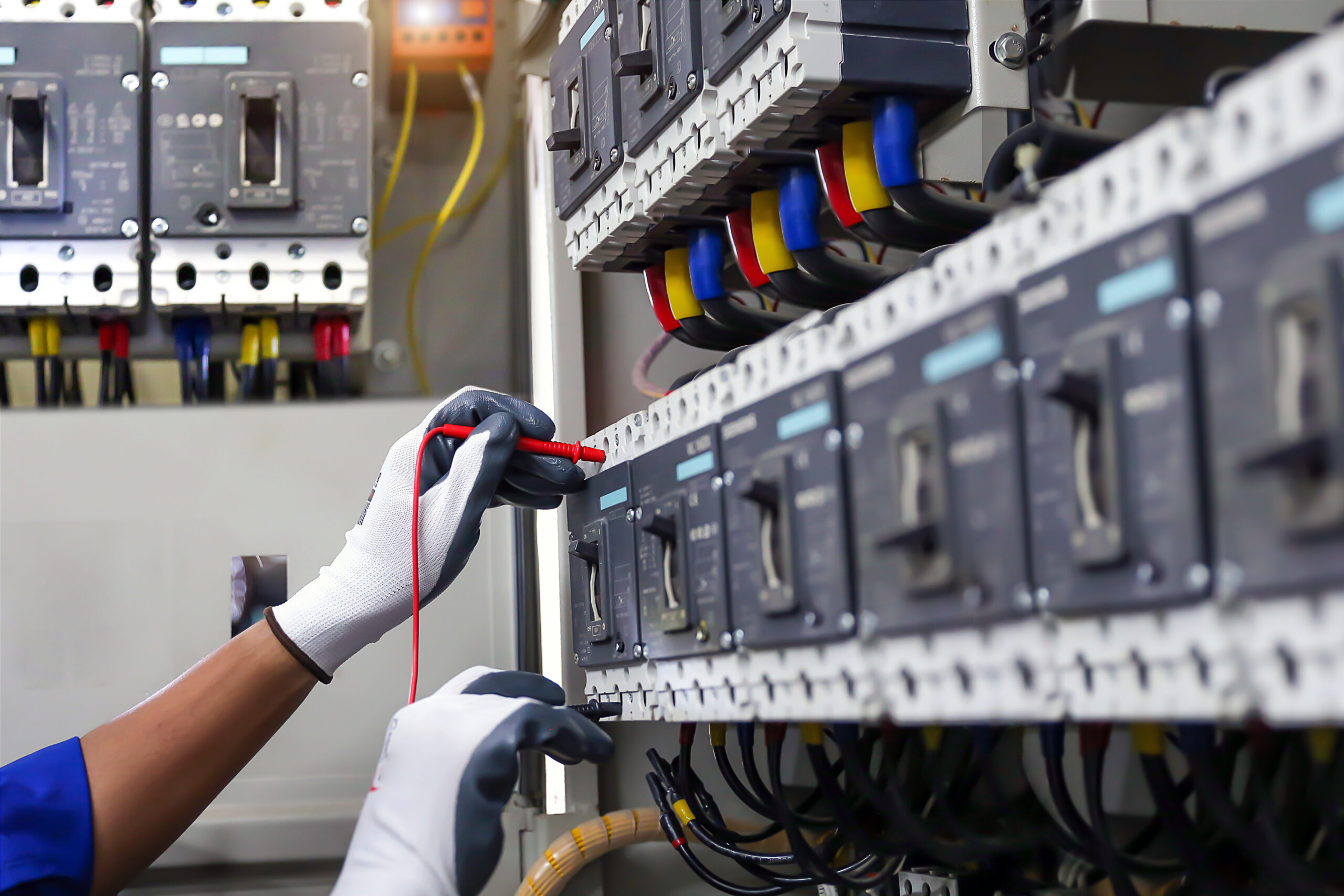
Applications: Breaker
Advantages: High rididity, Flame retardant
Inquiries about this product
If you have any questions or concerns about our products, please contact us here.
Inquiries by phone
Osaka head office
+81 6-6348-3771
Inquiries by email
ContactEngineering plastic lineup
 Thermoplastic polyester elastomersPELPRENE™
Thermoplastic polyester elastomersPELPRENE™ Thermoplastic Vulcanizate ElastomerSarlink®
Thermoplastic Vulcanizate ElastomerSarlink® Higt-Performance Polyamide ResinGLAMIDE™
Higt-Performance Polyamide ResinGLAMIDE™ Biomass high melting-point polyamide resinVYLOAMIDE™
Biomass high melting-point polyamide resinVYLOAMIDE™ Thermoplastic polyester resinVYLOPET™
Thermoplastic polyester resinVYLOPET™ High Performance stampable sheetQuickForm™
High Performance stampable sheetQuickForm™ Elastic MonofilamentDIAFLORA™
Elastic MonofilamentDIAFLORA™ CAE SystemsCAE Systems
CAE SystemsCAE Systems

















